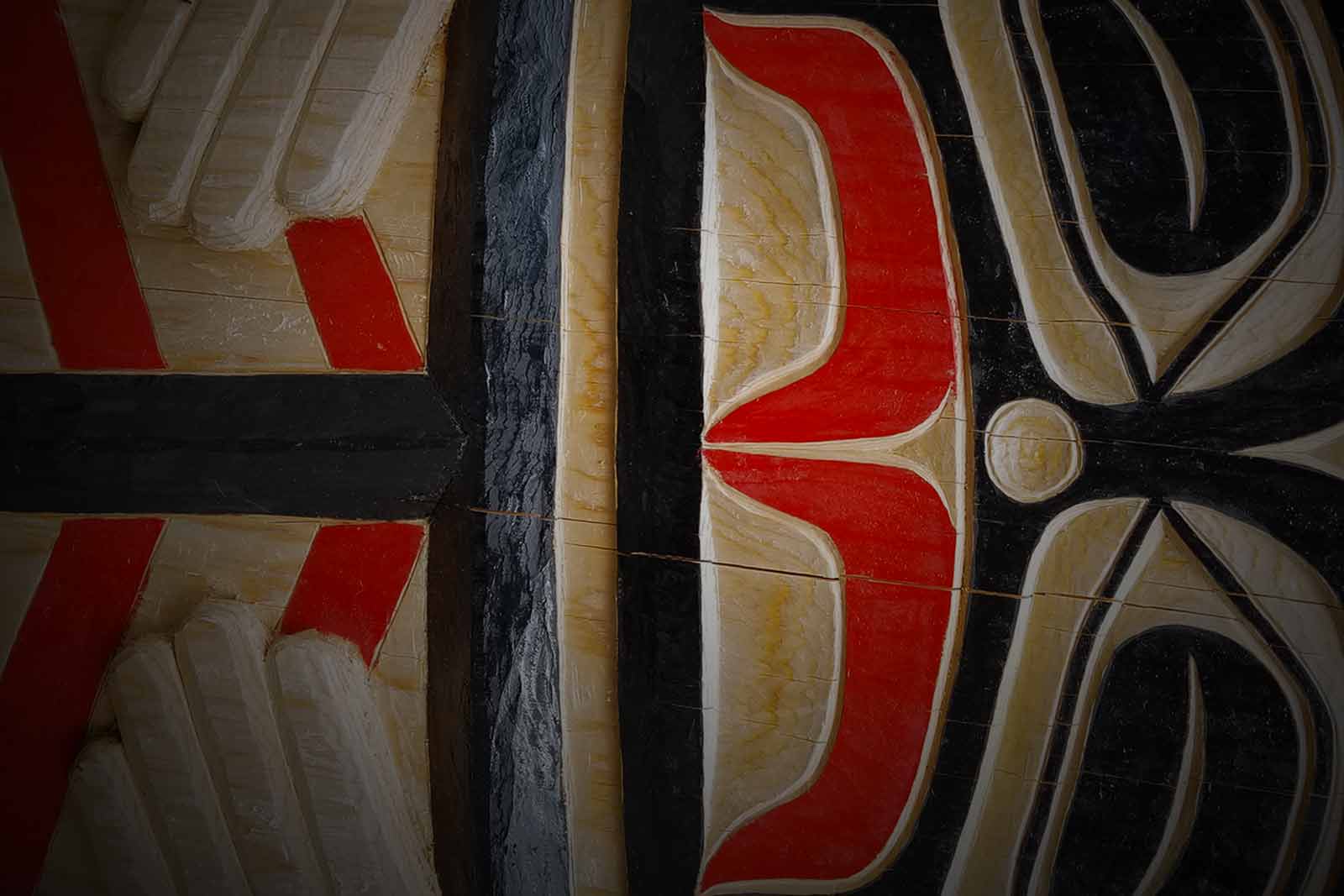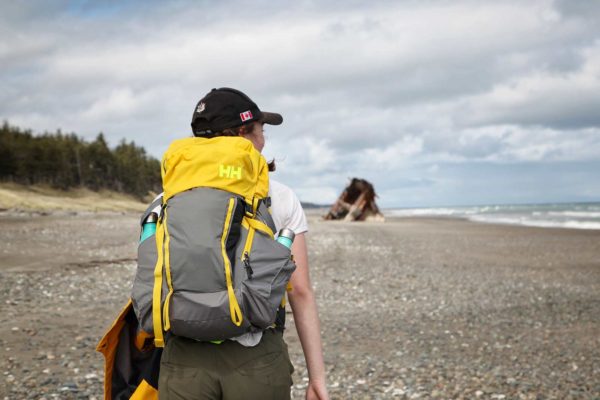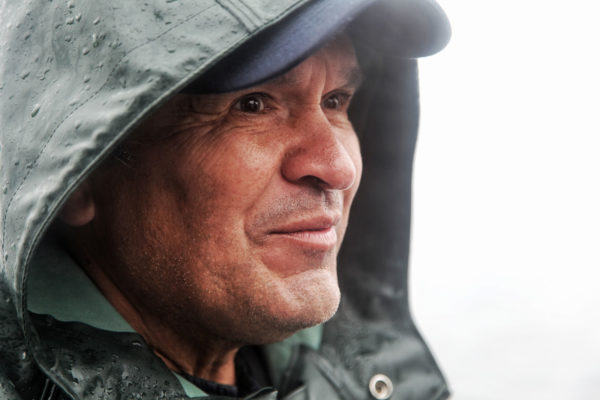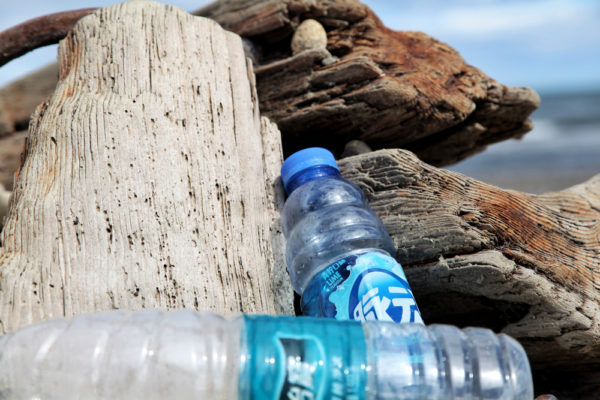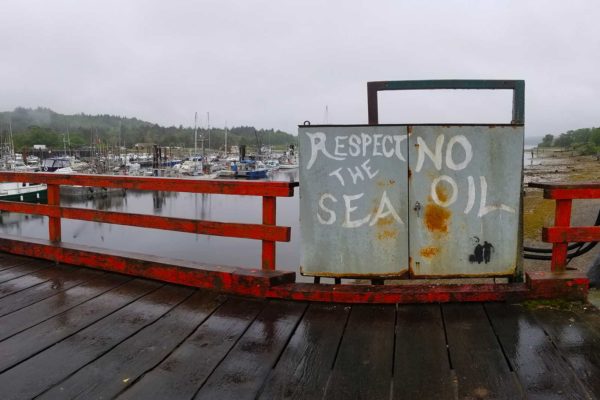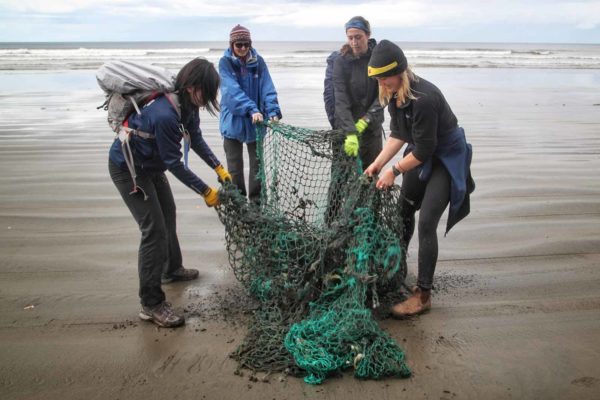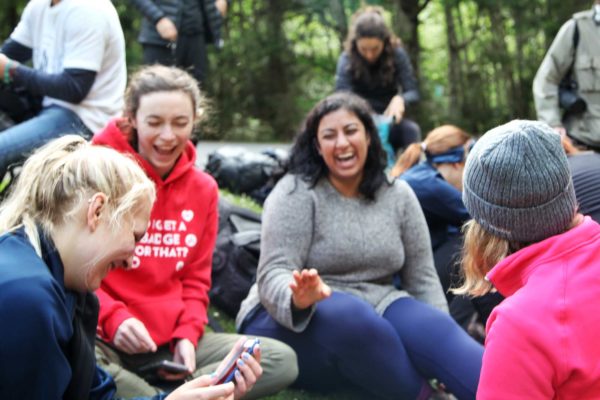“Water bottle! Plastic bag! Bottle cap! Fishing net! Shotgun shell! Rubber tire!”
We walk across the sandy beach, eyes down, sweat beading, shouting out each piece of trash we find.
I’m in Haida Gwaii, B.C. with 40 youth aged 18 to 30. They’ve come from all across Canada for a 10-day expedition, part of the year-long Ocean Bridge program, which aims to equip young people with the knowledge and confidence to become advocates for ocean health in their communities. I’m here to photo-document the experience for Canadian Geographic. The next 10 days turn out to be a hands-on, eyes-wide awakening to the problem of plastic debris in the ocean, not just for the youth, but for me. This is the story of why Haida Gwaii has been etched into me forever.
_
The Location: Haida Gwaii, B.C.
Most people I tell this story to have never heard of Haida Gwaii, and they often think I mean Hawaii! Once known as the Queen Charlotte Islands, Haida Gwaii is made up of 150 rocky islands off British Columbia’s coast. This is Haida Nation territory, home to lush old-growth rainforests and dramatic landscapes surrounded by the crashing waves of the ocean. Stretching along the Pacific coast, this archipelago includes Gwaii Haanas National Park Reserve and Gwaii Haanas National Marine Conservation Area Reserve and Haida Heritage Site, which are protected by Parks Canada. Every one of your senses is heightened as you trek through the islands. Everything has a story. You’ll find hidden passages and ancient Haida totem poles, sunken shipwrecks and mysterious stick-men hanging from trees.
To explore this place is to discover an indescribable mythical ambience…it comes from the land, the people, the collective pride in their history. It’s beautiful. People have tears in their eyes when they speak of this place. Everything has meaning. Everyone waves at each other 100 per cent of the time. No words are said without intention. Haida Gwaii has the most love in the world and it’s contagious.
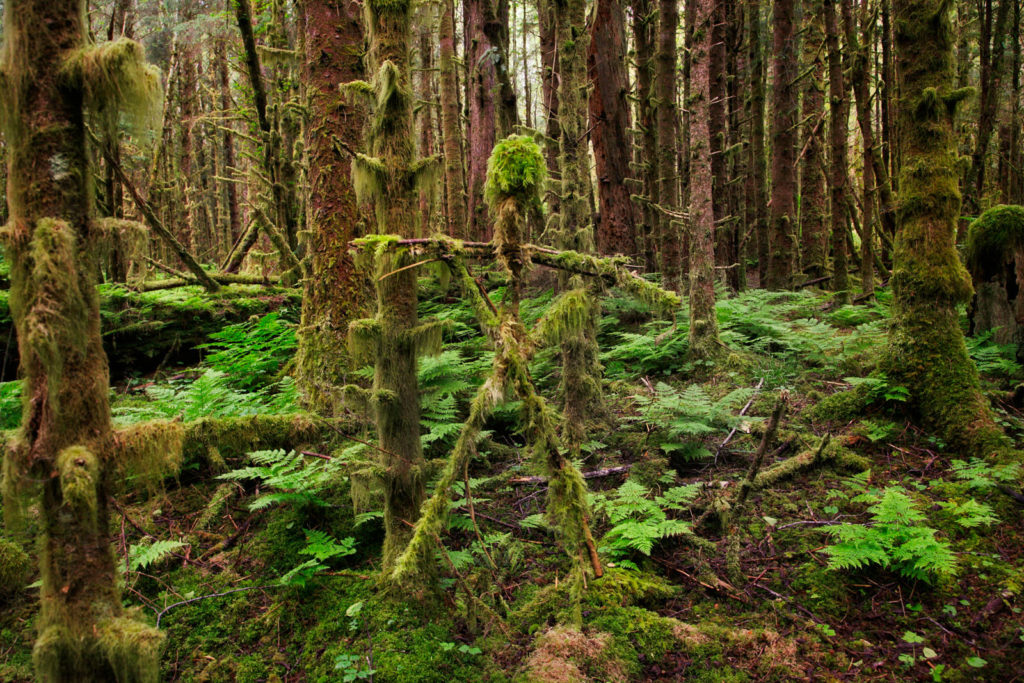
No ordinary expedition
Ocean Bridge is about something that impacts each and every one of us: the health of our oceans. When Canadian Geographic told me I was to plant myself on the archipelago of Haida Gwaii and photograph an ocean youth initiative, I had no idea what to expect. I was amazed to meet 40 driven leaders looking to make a positive difference. These young people are determined. I saw fire in their eyes. The second I spoke to any of them, they immediately lit up and began talking about what they were working on and why. Observing their team dynamic, I couldn’t help but feel proud and inspired.
For me, the most memorable day of the expedition was the day of the shoreline cleanup on North Beach, behind Hiellen Longhouse Village, our basecamp for the expedition. I arrived on the shore that day to find the youth spread out down the beach as far as the eye could see. I joined them in picking up trash, and took photos of them lugging tires, garbage bags, and fishing rope. By the time we reached our garbage drop zone my own backpacks were full of plastic containers and labels from around the world. Everyone carried as much as they possibly could, without complaint. The younger people took on the heaviest loads and it was inspiring to see such action. Once we weighed the full load of trash we learned we had removed more than 1,000 kilograms of ocean debris from the shore in one day! The local BC Parks Rangers said they had never seen the beach that clean, and local residents were amazed and concerned to see how much waste had accumulated on the shore — most of it from places far away from Haida Gwaii. We made an impact.

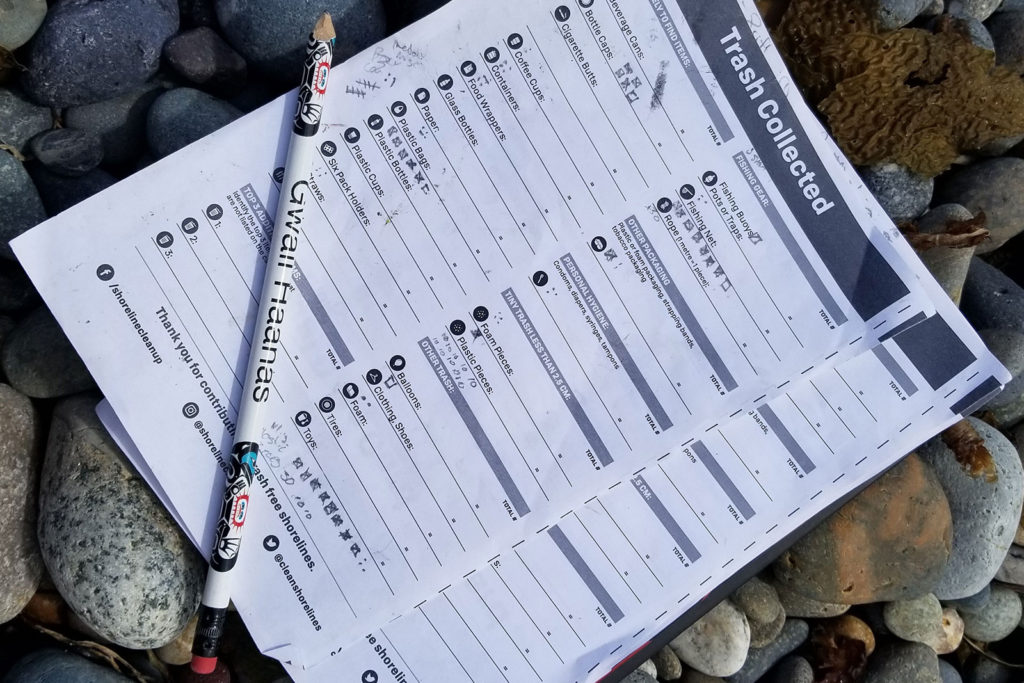

The Haida
Haida means “people.” The Haida have inhabited this region for 13,000 years and these islands have always been the heart of their nation. The ocean is in their DNA and they have navigated the waters and lived off the sea’s bounty since the beginning. It didn’t take long for me to realize that this is a very close community and your intentions must be positive if you are to communicate with and relate to the Haida people. Meaningful conversations and dialogue lead to deeper relations.
As I waited to board my flight from Vancouver to Sandspit, I posted a short Instagram Story of an impressive display of Haida totem poles and boxes in the Vancouver Airport. By an amazing coincidence, at five the next morning I found myself having coffee with the carver himself, Reg Davidson, pictured below in his workshop. Reg is an internationally acclaimed Haida artist, carver, and Elder who had a great impact on me during our conversations. Reg wakes up at 3 a.m. and you can usually find him in the wee morning hours working on a traditional mask or smoking salmon in his smokehouse. I sat across from Reg, surrounded by Haida carvings and artifacts, as he told me about how traditions are weaved into the Haida culture. Sacred learnings are passed down through the generations by the Elders. The Haida history, language, dance, art, and how to fish are all elements of the Haida culture. Developing a symbiotic relationship with the ocean means life for the Haida people. Forming this sacred relationship and relying on the ocean requires you to respect the ocean. Hearing this, I awakened to the fact that we all rely on the ocean.
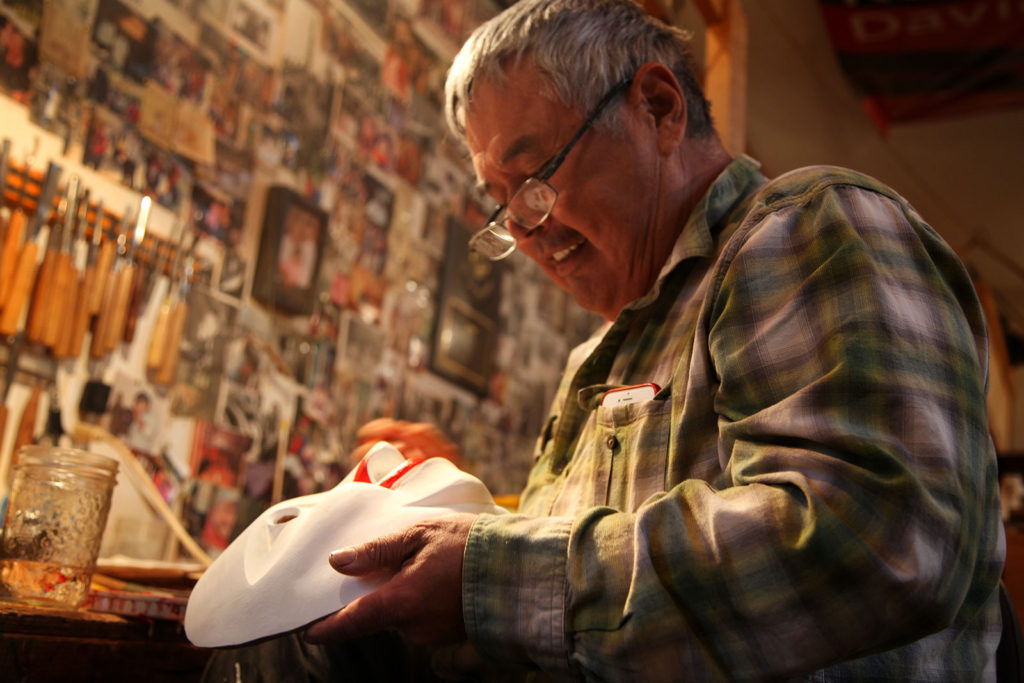

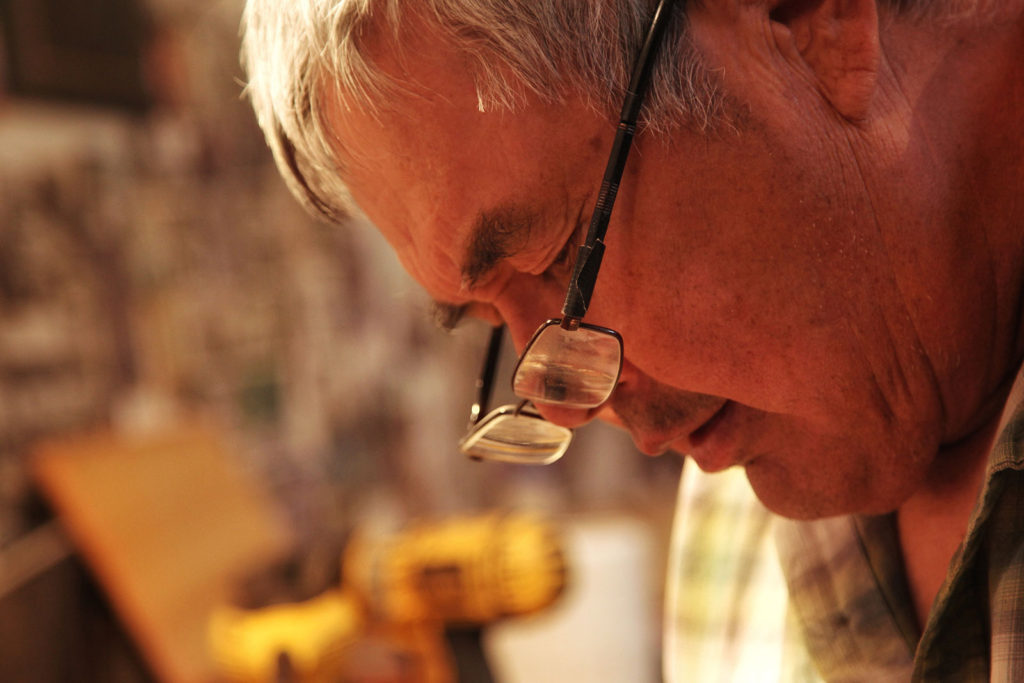

Oliver
Oliver was the first person I met from the Haida Nation. He was our link to the local community. Oliver is an artist, carver, family man and fisherman. He learned how to fish when he was only four years old and trained on his uncle’s boat until he turned 18 and became a deckhand. It wasn’t long before Oliver acquired his own fishing licences and vessel, and took to the waters as a commercial fisherman. These days, he takes visitors on chartered fishing tours. Oliver told me the secret to how he attracts the fish which he provides to his family and community. It is believed in Haida culture that certain fish can be lured to the boat using specific language and vocal calls, passed down by Haida Elders. Most of the words used would be those of taunting and mockery, making the fish angry and therefore vulnerable. I asked Oliver what the ocean means to him. “200 years ago these beaches were covered in canoes and kayaks,” he said. “The Haida are an ocean people. Our ancestors used to read the clouds — the greys and blacks, the puffiness of the clouds, would all be signals to read the sea. The water is everything to us.”

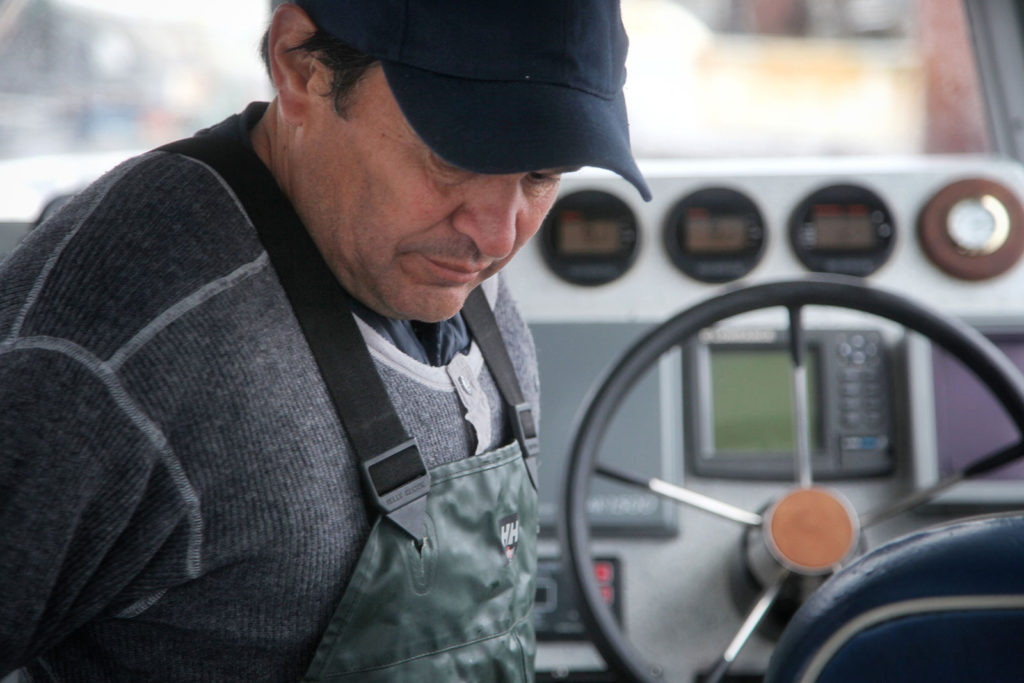
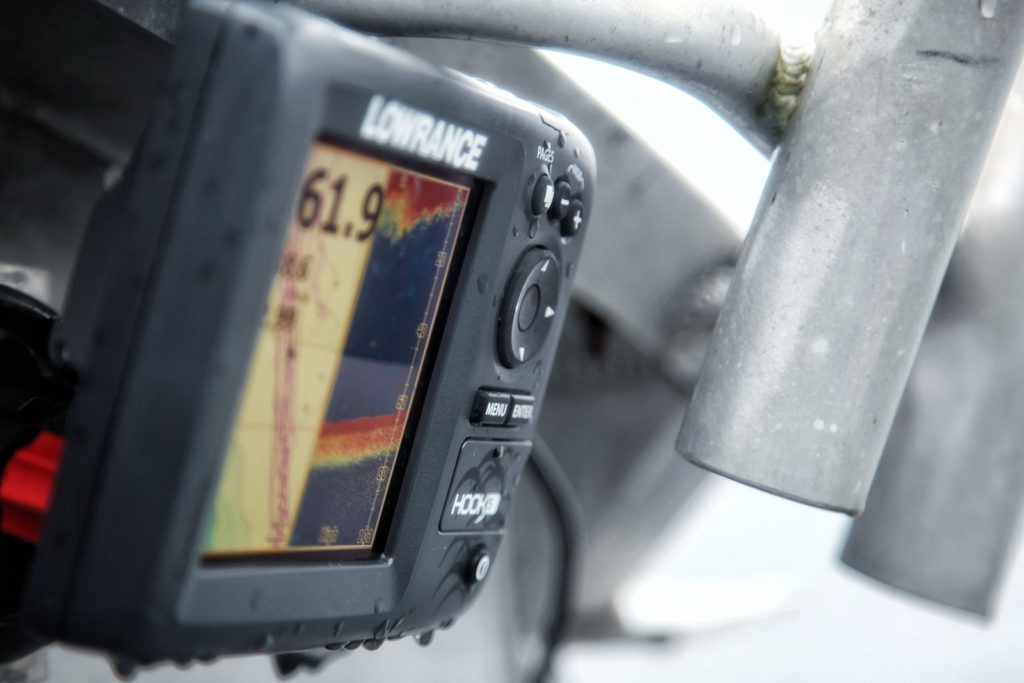
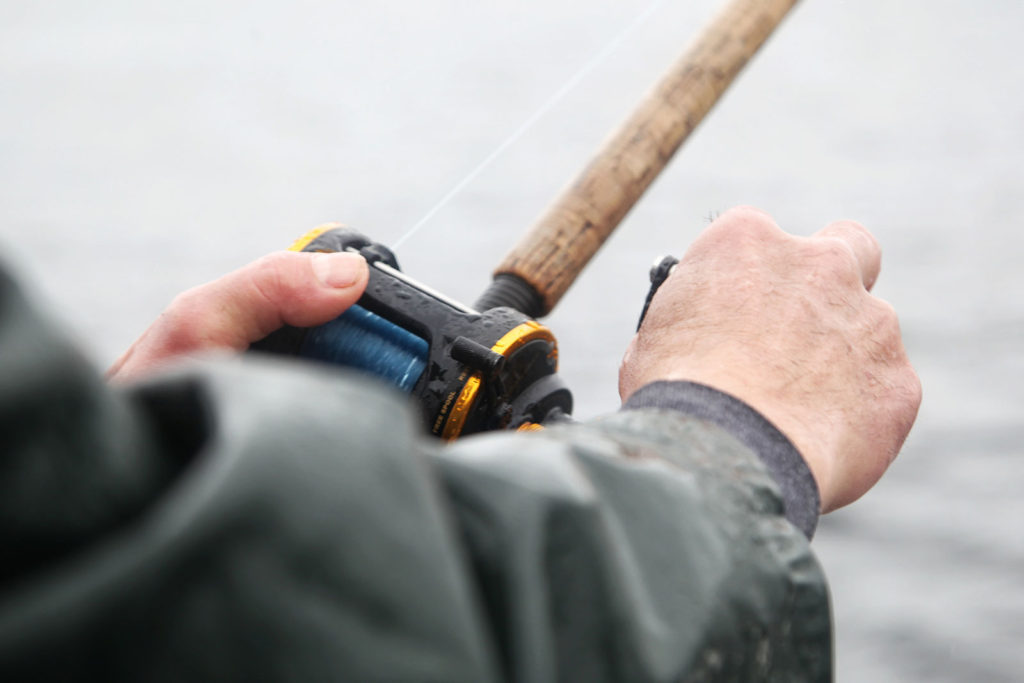


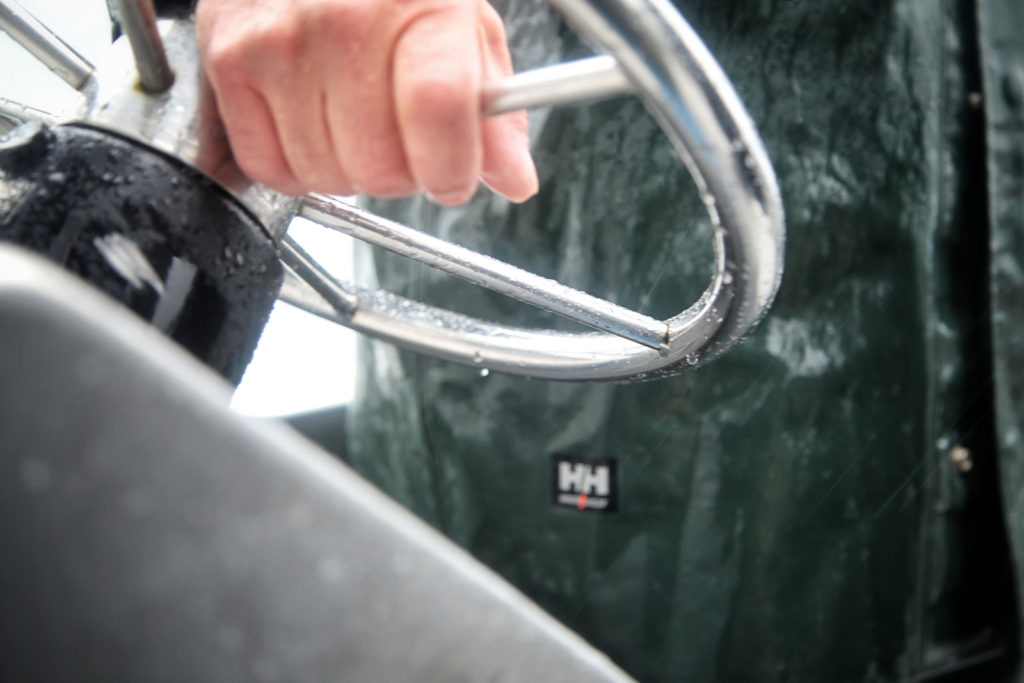
Meet: Danika Lalonde
During the expedition I had an opportunity to speak in depth with one of the Ocean Bridge program youth members, Danika Lalonde, about her 10-day experience here in Haida Gwaii.
Dax: Hi Danika! Tell me, why did you want to be part of this expedition?
Danika: I’m a student in the Health Sciences Program at the University of Ottawa and I have a very strong health perspective on the environment. I believe that human health directly impacts the environment and I’m studying how marine pollution fits into the health of our lives. This experience is a chance for all of us to come together and make a strong impact on the local community.
Dax: What have you been doing while you’ve been here?
Danika: I’ve loved learning about ocean health, spending time near the water and meeting new people. So far we’ve been doing a lot of service work and beach cleanups. We’ve been helping the environment and as a group we’ve been dedicated to helping each other. The locals have been so welcoming and it has been amazing to learn about the Haida culture and how the ocean impacts every point of their lives.
Dax: Have you had any “awakenings” or “fundamental shifts in thought” while you’ve been here?
Danika: Yes, we were at Lepas Bay doing a shoreline cleanup and although it felt rewarding it was also devastating. This is the moment we first saw piles of plastic on the beach. This is a place where the tide pushes debris onto the island. We only had an hour at this place and on our way back to the longhouse we all felt defeated because there was so much we could do with more time.
Dax: What will you feel upon departing from Haida Gwaii and what will you take away from this expedition moving forward?
I’m very excited to share the story of this experience with my local region and I’m leaving here inspired. I’m also somewhat upset because now that I’ve seen the debris I know there’s so much service and clean up we could do. I also want to share my story with people younger than I am. I believe that if we impact the young the youth will inspire those even younger.
Dax: What is one message you want to share with the youth and people who are interested in being a part of this program?
Danika: Apply in great detail to the Ocean Bridge Program and for those didn’t get selected this year – definitely keep applying! You’ll love being here with no cell service and no wi-fi, and you’ll be able to spend time with like-minded people from around the country.
Dax: What is the simplest thing you can do to start making a change?
Danika: Just reduce plastics in-all. Especially single-use plastics such as straws. Reduce the amount of water usage. Leave no trace. The little things do add up! I also invite people to connect with me on my Instagram account AquaClean (@aquaclean1) which I have created to take action and create youth initiatives to help improve the health of the ocean.
Wave of impact
I’ve been impressed beyond belief by the 40 young leaders from across our country and the team at Ocean Wise. Apart from removing 1,000+ kilograms of marine debris from North Beach, the unspoken impact of this program is the one hidden between the threads. This expedition was ultimately about building an everlasting relationship with the environment and each other. From this experience, I have no doubt that these 40 young leaders will go back to their local regions to foster what we’ve all learned. My heart beams for the Haida people and being able to document the Ocean Bridge Expedition and spend time in this remote sanctuary has forever impacted my view of ocean life. This will shape my work moving forward towards environmental awareness and conservation.
I’m proud to say we positively impacted the state of life on Haida Gwaii. Haw’aa!
** BONUS ROUND: Not on the itinerary! **
This was not part of the plan! Throughout the last 10 days I have become very close with the Haida people and feel uniquely connected to this place, in a very serious and committed way. I had this idea of leaving here with something I’ll have with me forever…a tattoo. Early in the expedition this idea was not realistic – and nobody gets a tattoo while on assignment. There is never time. I remember looking into Barb Wilson’s eyes and seeing tears of time as she spoke about the Haida connection to the Ocean and the land. The people who visit here become a piece of this place and this was something I could not ignore. The feeling of connection is very tangible here and Haida Gwaii feels like an untouched piece of Earth. You can see and feel it. In my time here I have become a part of this soil, and as the days went on the thought of getting a tattoo stood strong. I even approached Barb Wilson and one other Haida Elder for a blessing of intention before approaching the Haida tattoo artist. Our final day in Haida Gwaii was dedicated to mostly travel but I was able to find a sliver of time in the morning prior to boarding our ferry. Could this be the moment? The tattoo artist’s name I found was Gregory Williams, or as his friends call him, “Gig.” He is the Owner and Tattoo Artist at Haida Ink. When I met Gig we hit it off immediately! We had many similar alignments in personality and experiences almost instantly after meeting one another. In the short time I visited the shop I was able to commission a custom Haida Bear piece from Gig, and it was perfect. I’m absolutely honored! I only had one hour left before I needed to board the ferry as the sacred Haida ink pierced my skin. “No worries man we’ll get as much done as we can and I’ll give you a ride to the ferry” said Gig, offering to lend his speed to make sure I made it to the ferry on time. Which I did! But, barely. Many members of the Haida culture will pursue one or more forms of art, whether that be carving, painting, sculpting, but not many pursue the art of tattooing. As it turns out, Gig is the first Haida tattoo artist in 150+ years!
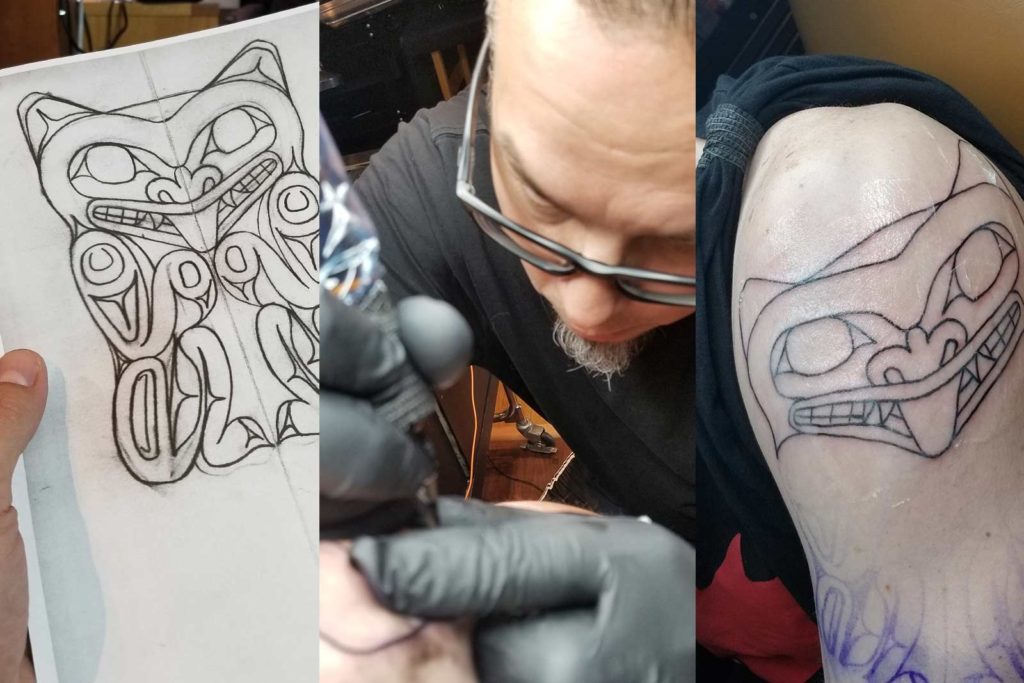
RELATED: Ocean Bridge Diaries: Dax Justin →
Location: Haida Gwaii, British Columbia | Go Haida Gwaii
Learn more about the Ocean Bridge program by Ocean Wise.
Listen to the My Ocean podcast to hear stories from true ocean champions.
Connect with Canadian Geographic:
Facebook: www.facebook.com/cangeo
Twitter: www.twitter.com/cangeo
Instagram: www.instagram.com/cangeo
Online: www.canadiangeographic.ca
Dax
As always, drop me a line and follow my adventures on:
Instagram
Twitter
Facebook Page
